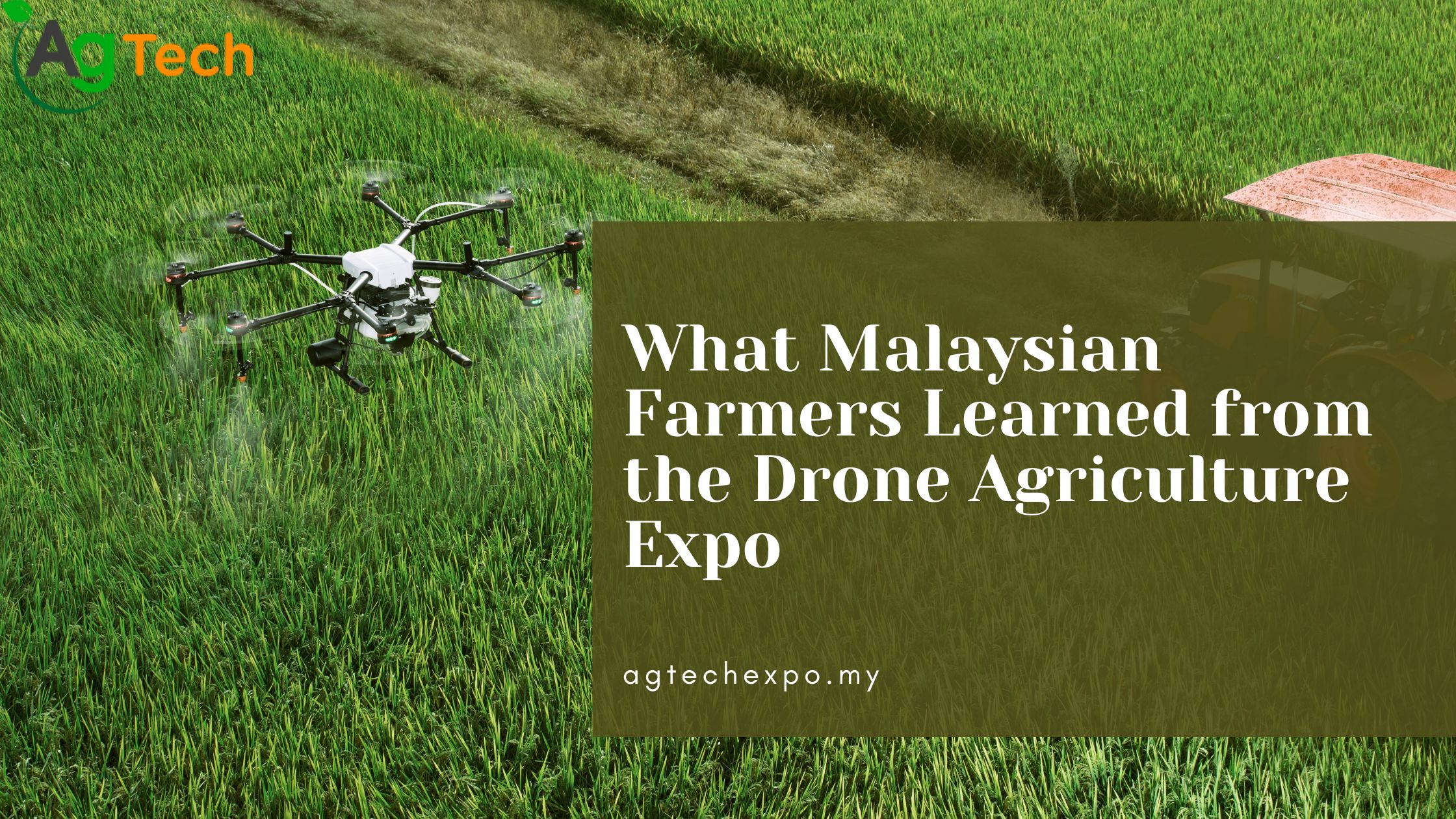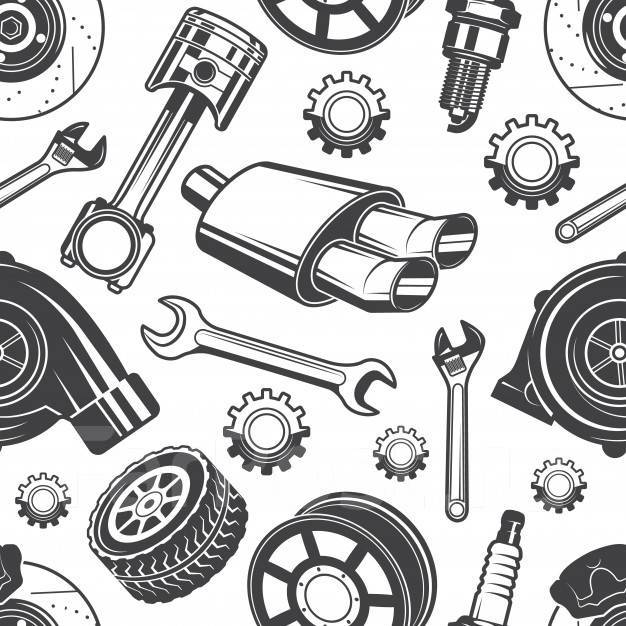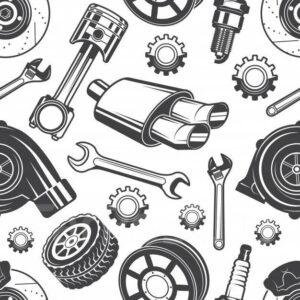What Malaysian Farmers Learned from the Drone Agriculture Expo
Malaysia’s agricultural scene is undergoing a quiet revolution, and nowhere was this more evident than at the recent Drone Agriculture Expo Malaysia. Farmers, researchers, and technology enthusiasts gathered under one roof to explore how drones are transforming farming practices for the better. But beyond the dazzling displays of technology, the real takeaway was practical: Malaysian farmers are learning how to work smarter, protect their land, and produce more sustainably.
Here’s a closer look at the key lessons farmers took home from this year’s Expo.
1. Precision Is the Future of Farming
One of the most powerful messages from the Drone Agriculture Expo Malaysia was the importance of precision. Rather than blanket-treating entire fields with fertilizers, pesticides, or water, drones allow farmers to target only the specific areas that need attention.
Through multispectral imaging, thermal cameras, and real-time data collection, farmers can now detect crop diseases, nutrient deficiencies, and irrigation issues early — and act fast. This kind of precise intervention saves money, protects the environment, and leads to healthier, more abundant harvests.
Farmers realized that with drones, farming moves away from guesswork and toward data-driven decision-making.
2. Drones Save Time and Labor Costs
In an industry where labor shortages are becoming a real challenge, drones offer an attractive solution. Traditional tasks like field scouting, crop monitoring, and spraying can now be completed in a fraction of the time, and with far fewer human resources.
At the Drone Agriculture Expo Malaysia, demonstrations showed how a drone could scout hundreds of acres in a single flight — a task that might take a full day or more on foot. This efficiency is a game-changer, especially for large-scale farms and plantations.
For many Malaysian farmers, this was a lightbulb moment: drones are not just fancy gadgets; they are practical tools that free up time for more strategic farm management.
3. Better Resource Management Means Higher Profits
Water, fertilizers, and pesticides are major expenses for farmers. The Expo highlighted how drone technology can help optimize the use of these vital resources. Smart mapping and variable rate applications mean that farmers apply exactly what is needed, exactly where it is needed — no more, no less.
The result? Reduced input costs, better crop yields, and a healthier bottom line.
Malaysian farmers came away understanding that eco-friendly farming isn’t just good for the planet — it’s also good for business.
4. Sustainable Farming is Within Reach
Sustainability isn’t just a buzzword anymore; it’s becoming an expectation — from consumers, governments, and global markets. At the Drone Agriculture Expo Malaysia, farmers saw how drones contribute to sustainable practices in real, tangible ways.
Whether it’s by minimizing chemical runoff into rivers, promoting better soil health through targeted seeding, or conserving water with precise irrigation, drone technologies offer farmers a roadmap to greener farming.
Importantly, they learned that sustainability doesn’t mean reducing yields or profitability — it means increasing both, but smarter.
5. Adaptability is Key to Success
One clear message from the Expo was that technology is evolving rapidly, and farmers who adapt early will stay ahead. Workshops and talks emphasized the importance of ongoing education and openness to new techniques.
Many farmers shared their experiences of initially resisting new technologies, only to later embrace them once they saw the results. The takeaway was clear: staying flexible and willing to experiment is crucial for success in today’s competitive agricultural landscape.
6. Drones Are Becoming More Accessible
Affordability and ease of use were major topics of discussion at the Expo. Once seen as tools only available to large corporate farms, agricultural drones are now becoming viable for small and medium-sized operations as well.
Many Malaysian farmers were surprised to learn how user-friendly the latest drone models are, with intuitive controls, automated flight paths, and easy data interpretation.
This newfound accessibility means that drone farming isn’t a distant dream — it’s something farmers can implement now, at a reasonable investment.
7. Community and Collaboration Matter
Perhaps one of the more unexpected lessons from the Drone Agriculture Expo Malaysia was the importance of collaboration. Farmers, drone experts, agronomists, and researchers coming together created a strong sense of community.
Farmers shared tips, success stories, and challenges, helping each other learn faster. Events like these reminded everyone that innovation doesn’t happen in isolation — it’s driven by shared knowledge and collective effort.
Final Thoughts: A New Era for Malaysian Farming
The Drone Agriculture Expo Malaysia didn’t just showcase impressive machines in the sky; it showcased a vision for the future of farming — one that’s smarter, more sustainable, and more resilient.
For Malaysian farmers, the lessons learned at the Expo are clear:
- Precision matters.
- Efficiency is key.
- Sustainability is achievable.
- And above all, embracing technology will be critical for future success.
As drones take to the skies across Malaysia’s farmlands, it’s clear that the seeds of innovation planted at the Expo will continue to grow — reshaping agriculture for generations to come.













